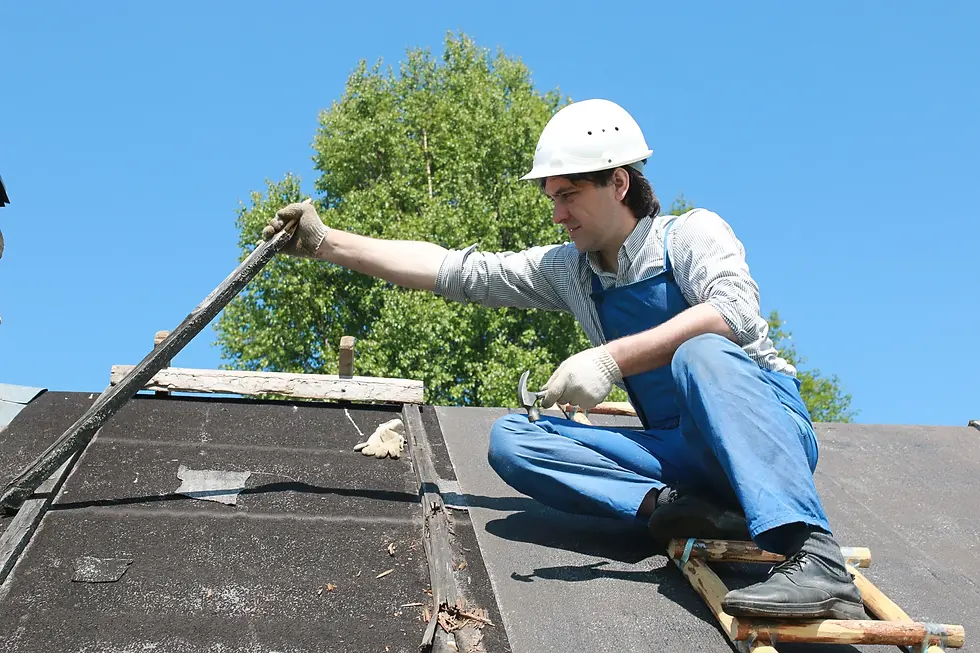Comprehending Tar and Gravel Roof Covering: Benefits and Factors to consider
- dianahowardu9f
- Nov 5
- 2 min read

Tar and crushed rock roofing, additionally referred to as built-up roofing (BUR), has long been a preferred choice for industrial buildings and flat roof coverings. This method includes layering asphalt or tar and reinforcing it with felt or other products, eventually covered with crushed rock. The option of tar and crushed rock roof supplies several unique advantages, however it also includes factors to consider that homeowner ought to bear in mind. In this short article, we'll look into the advantages, drawbacks, and maintenance tips connected with tar and gravel roof covering.
One of the key benefits of tar and gravel roof is its sturdiness. When properly mounted, these roofs can last 20 to 30 years or more, making them an affordable long-lasting roof option. The multiple layers of asphalt and crushed rock develop a durable barrier against severe weather, including wind, rain, and hailstorm. In addition, the gravel surface area functions as a protective layer versus UV radiation from the sunlight, aiding to minimize the threat of fading and degeneration in time. Learn about the terre haute number one roofing companies now.
An additional benefit of tar and gravel roof is its low maintenance requirements. Unlike some roof covering materials that require frequent inspections and repairs, tar and crushed rock roofing systems are relatively simple to preserve. Regular assessments, usually conducted at least two times a year, can assist capture minor issues before they become considerable problems. While some small repairs may be required in time, the overall upkeep is workable, making it an eye-catching choice for structure owners looking to decrease lasting maintenance prices.
However, tar and gravel roof covering is not without its disadvantages. One significant concern is its weight; the extra layers needed for toughness can make this type of roof much heavier than options like single-ply membrane layer systems. This included weight might require extra structural support, which can increase setup costs. Furthermore, the application procedure is labor-intensive, and improper setup can bring about leakages or other concerns, highlighting the relevance of working with experienced roof experts. For more on gravel roofing, click https://fydea.com/types-of-roofs/tar-and-gravel-roofing/.
Finally, tar and crushed rock roof covering presents a resilient and cost-efficient choice for level roofings, particularly in business applications. Its longevity and reduced upkeep demands make it attracting property owners, however the weight and installment demands have to be factored right into the decision-making procedure. For those thinking about roofing alternatives, comprehending the benefits and drawbacks of tar and crushed rock roof will assist make certain the best selection for their particular requirements. Correct setup and regular upkeep are essential to enjoying the advantages of this roof for several years to find. Find out more about this topic by clicking on this related post: https://en.wikipedia.org/wiki/Roof.
Comments